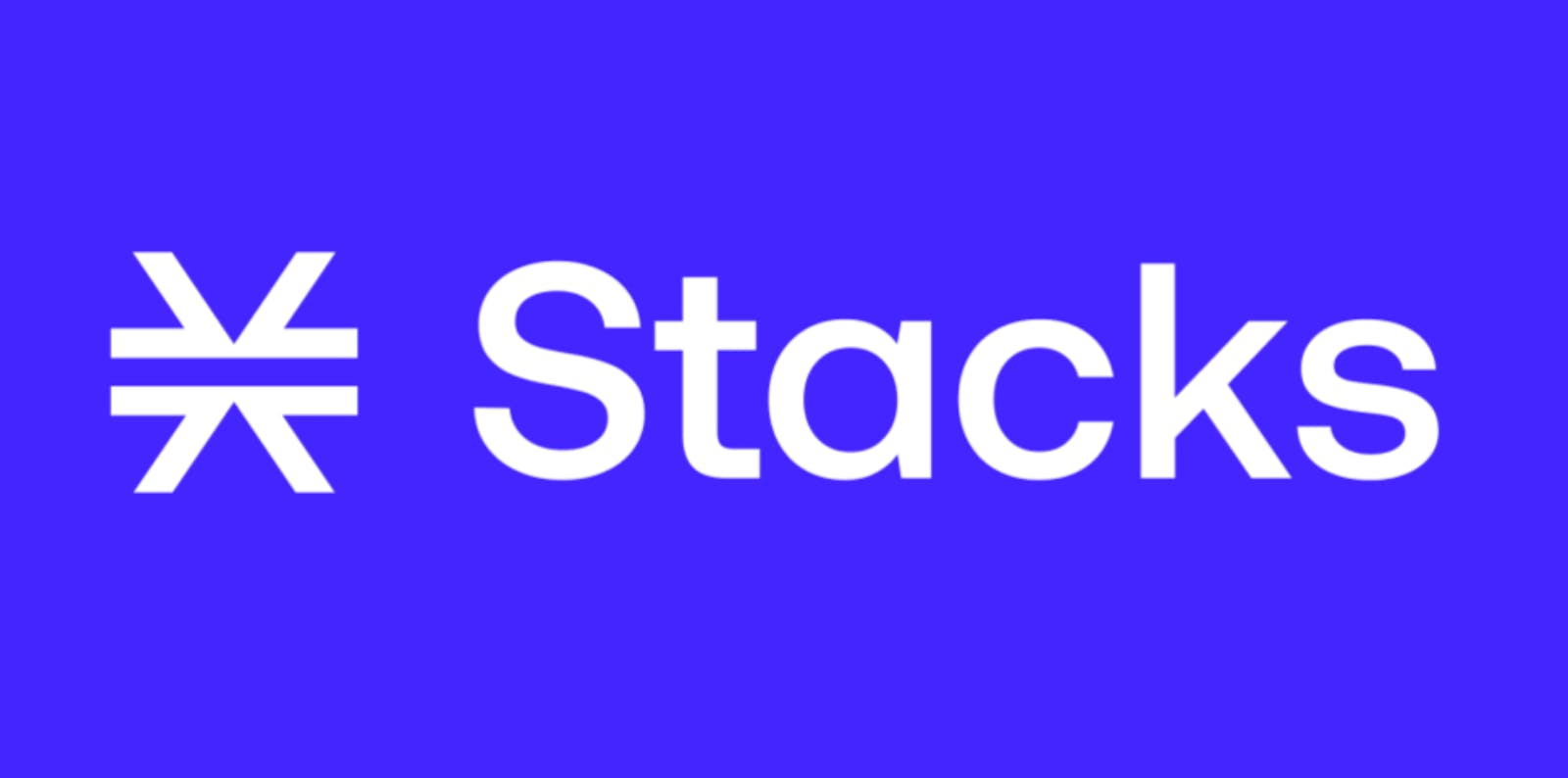358 reads
What the Heck Is Stacks? An Indepth Look Into One of the Largest L2 in the Bitcoin Ecosystem
by
June 26th, 2024
Audio Presented by

Crypto analyst since 2017. Head of Analytics & Partner at Contribution Capital VC. Advisor
Story's Credibility



About Author
Crypto analyst since 2017. Head of Analytics & Partner at Contribution Capital VC. Advisor
